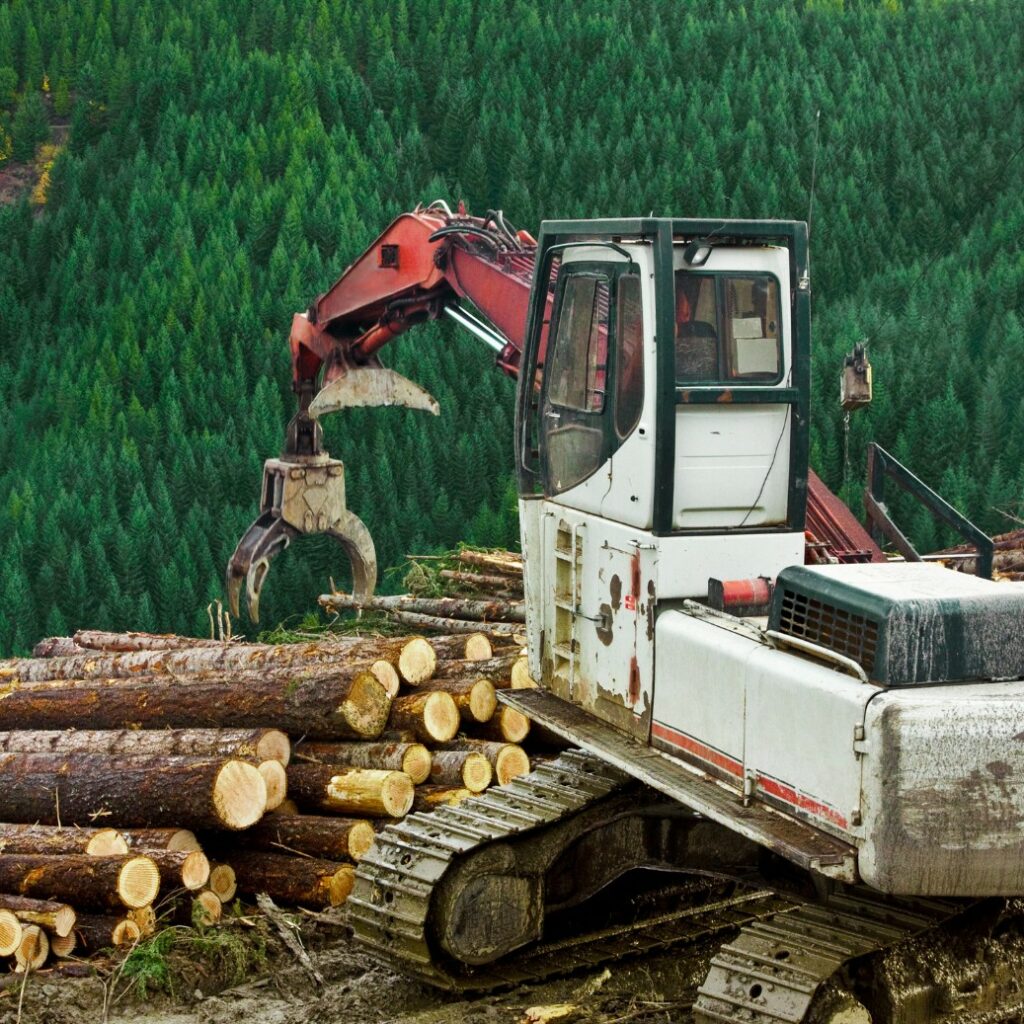
Times Colonist: Enviros Call for Ottawa to Address Forest Degradation From Logging
Nature Canada and six other environmental groups are urging the Canadian government to recognize — and take action...

Canada’s wilderness is the world’s envy. It’s our duty to keep our true north strong and green.
Donate